50+ Sample Disclosure Statements
-
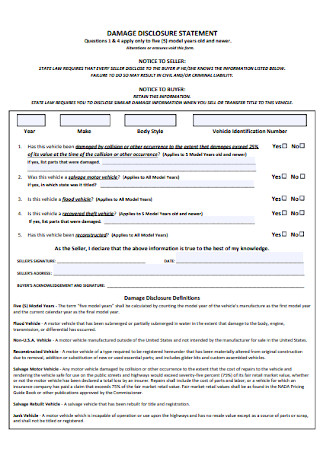
Damage Disclosure Statement
download now -

Odometer Disclosure Statement
download now -

Best Interest Disclosure Statement
download now -
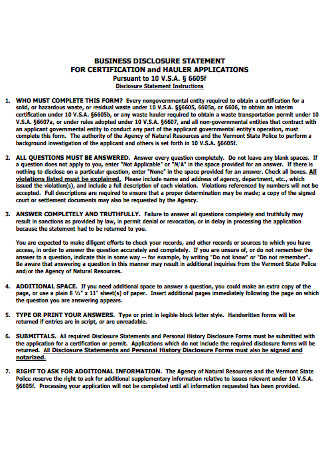
Business Disclosure Statement
download now -
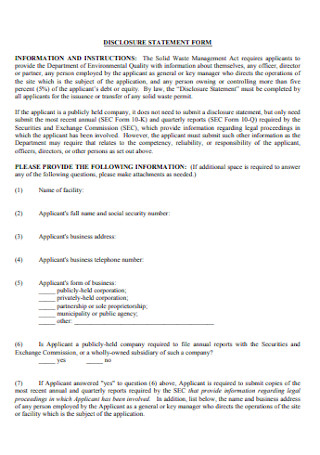
Disclosure Statement Form
download now -
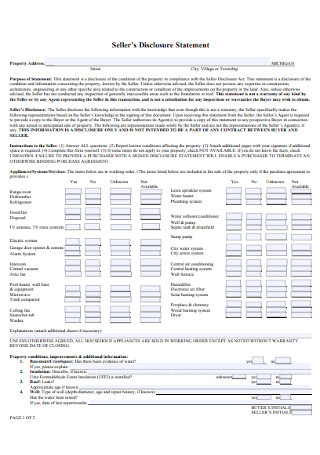
Sellers Disclosure Statement
download now -
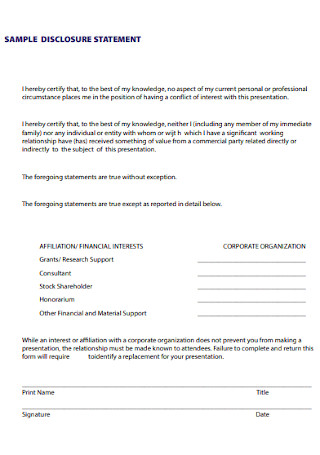
Sample Disclosure Statement Template
download now -
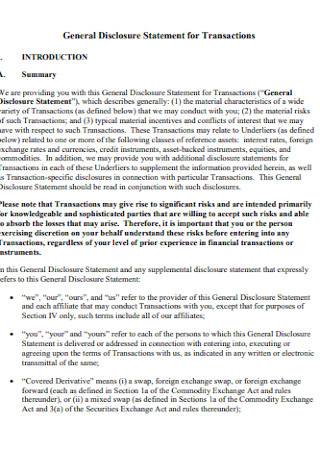
General Disclosure Statement for Transactions
download now -
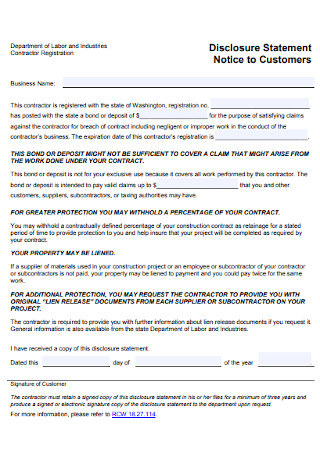
Disclosure Statement Notice to Customers
download now -
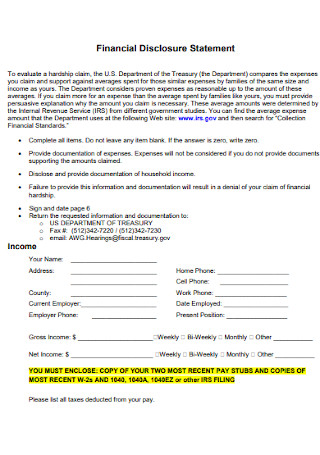
Financial Disclosure Statement
download now -
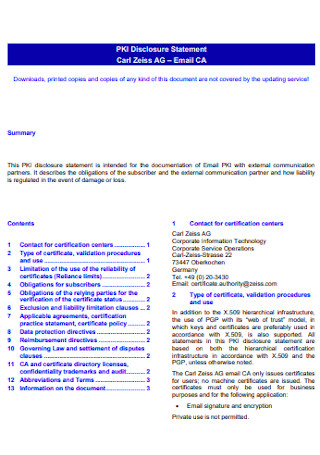
Disclosure Statement Example
download now -
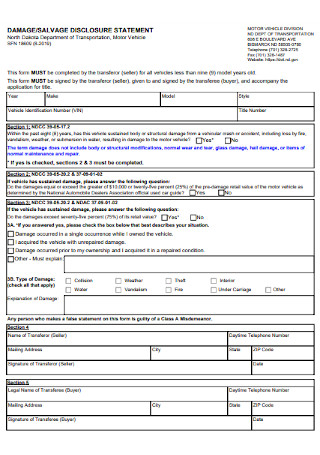
Salvage Disclosure Statement
download now -
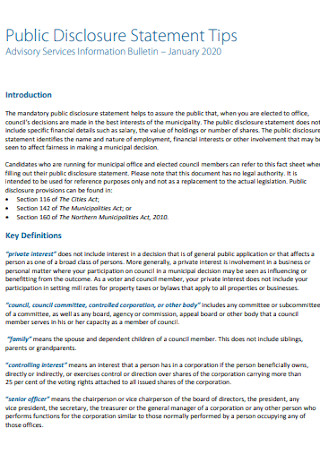
Public Disclosure Statement
download now -
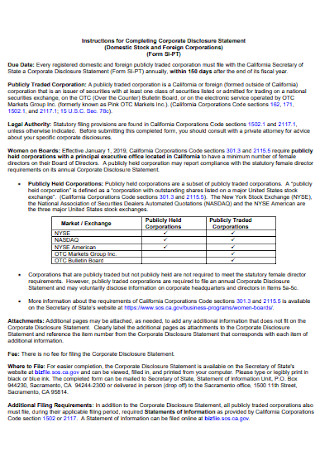
Corporate Disclosure Statement
download now -
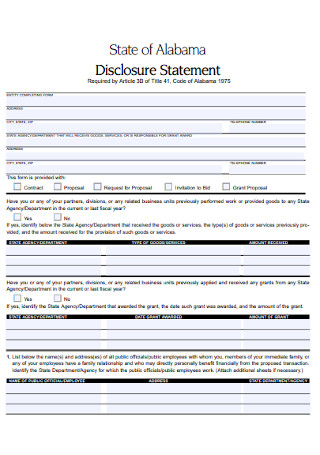
Simple Disclosure Statement
download now -
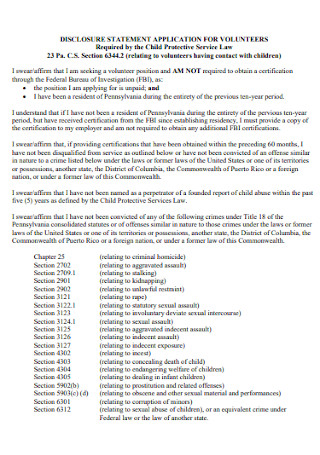
Disclosure Statement Application for Volunteer
download now -
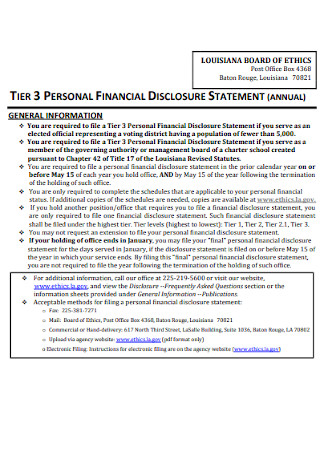
Personal Financial Disclosure Statement
download now -
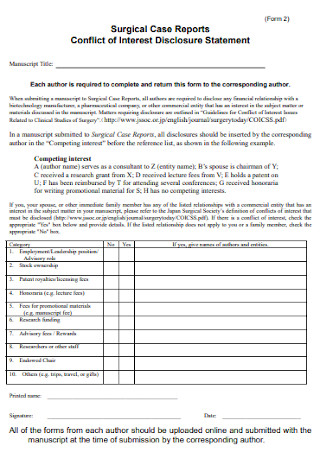
Conflict of Interest Disclosure Statement
download now -
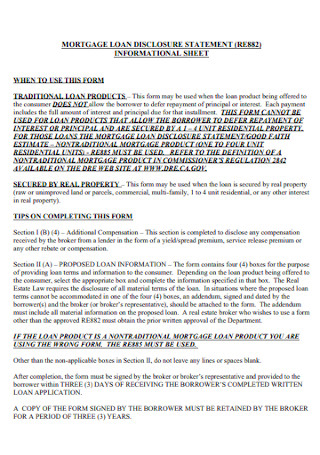
Loan Discloure Statement
download now -
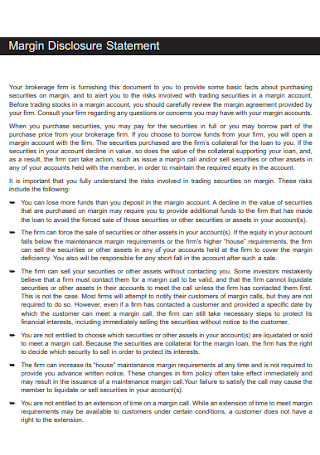
Margin Disclosure Statement
download now -
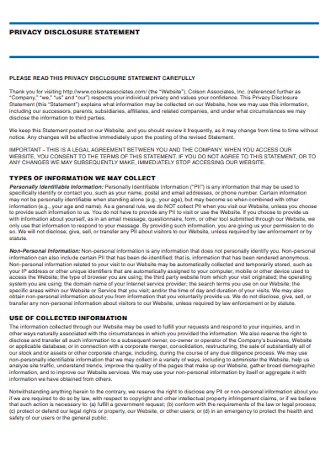
Privacy Disclosure Statement
download now -
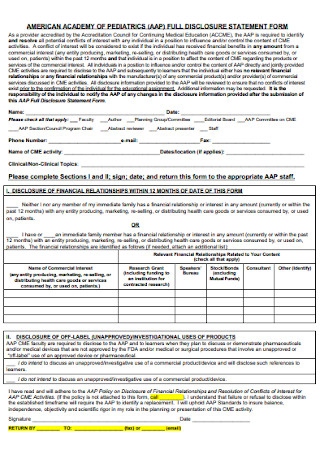
Full Disclosure Statement Form
download now -
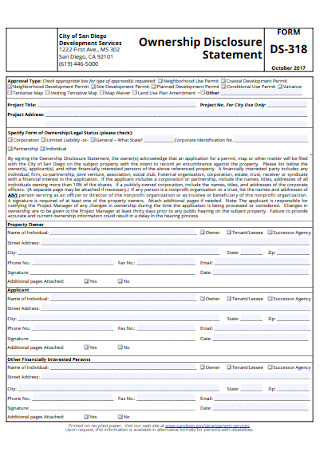
Ownership Disclosure Statement
download now -
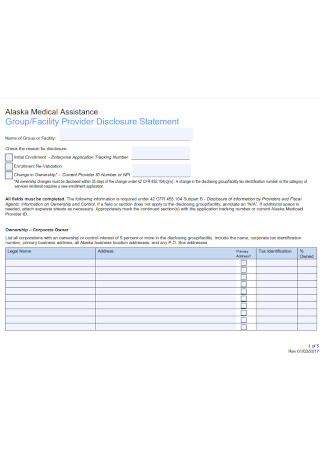
Facility Provider Disclosure Statement
download now -

Disclosure and Disclimber Statement
download now -
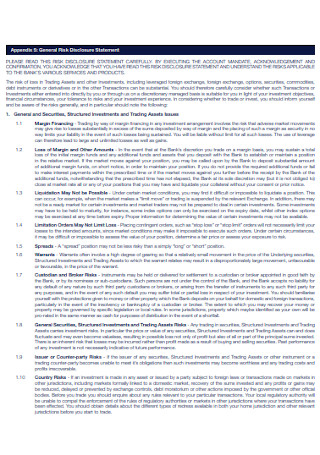
General Risk Disclosure Statement
download now -
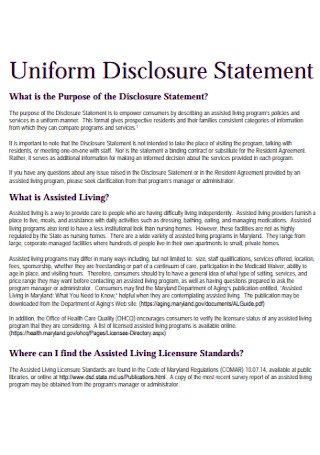
Uniform Disclosure Statement Template
download now -
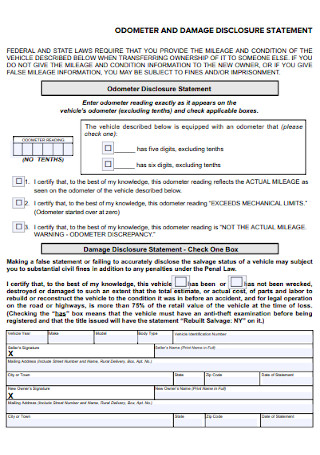
Damage Disclosure Statement Example
download now -

Property Condition Disclosure Statement
download now -
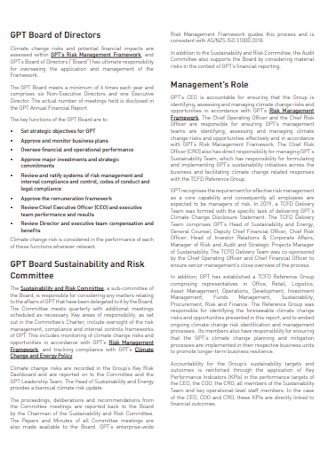
Climate Disclosure Statement
download now -
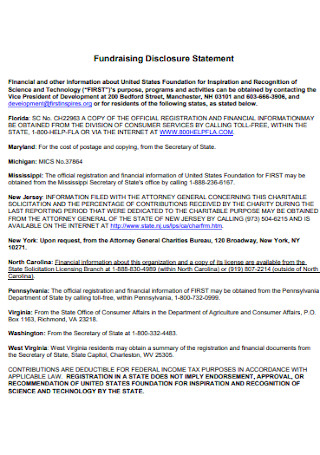
Fundraising Disclosure Statement
download now -
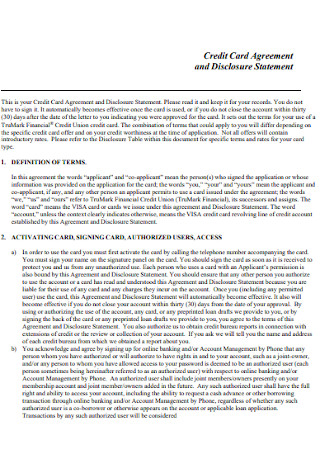
Credit Card and Disclosure Statement
download now -
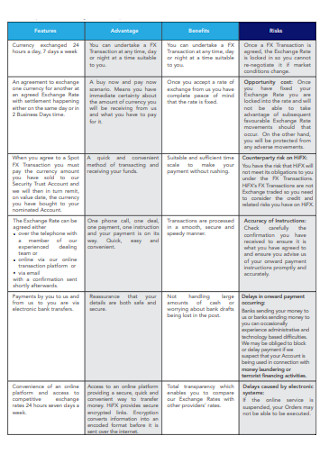
Product Disclosure Statement
download now -
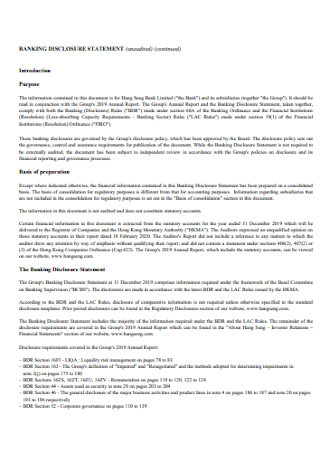
Banking Disclosure Statement
download now -
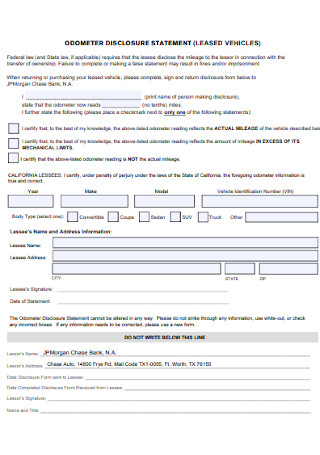
Vehicles Disclosure Statement Template
download now -
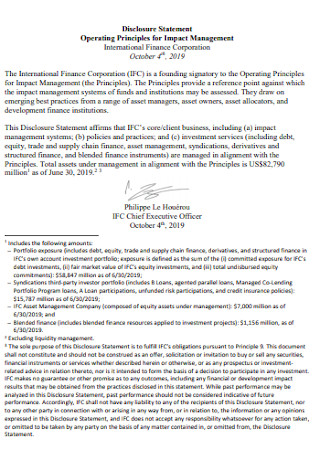
Finance Corporation Disclosure Statement
download now -
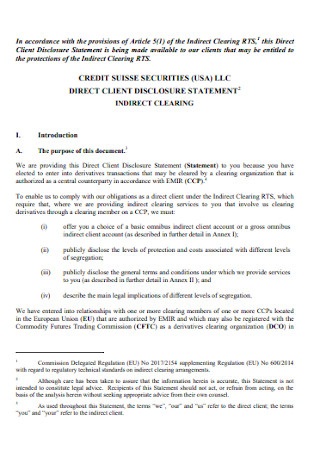
Direct Client Disclosure Statement
download now -
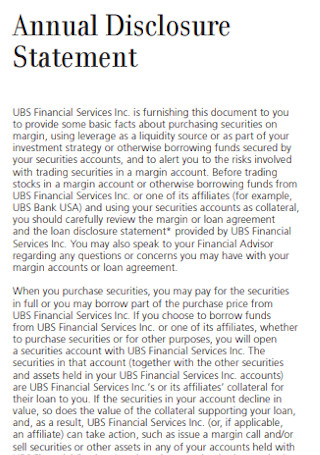
Annual Disclosure Statement
download now -
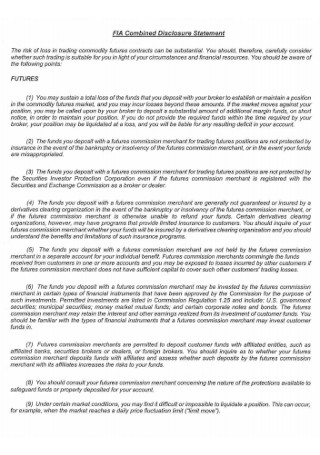
Combined Disclosure Statement
download now -

Mutual Fund Disclosure Statement
download now -
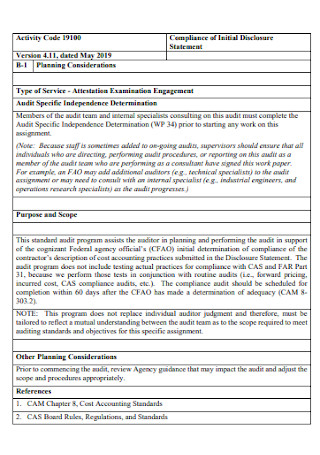
Compliance of Initial Disclosure Statement
download now -
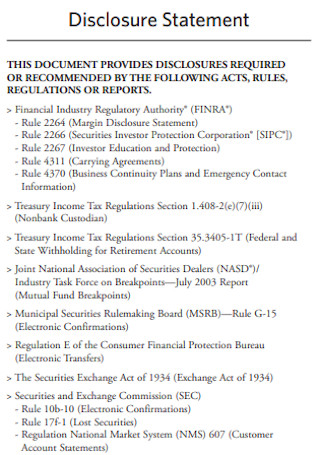
Disclosure Statement Format
download now -
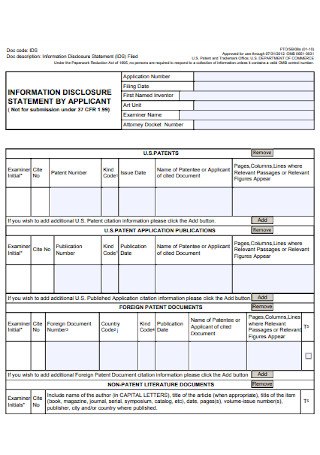
Sample Information Disclosure Statement
download now -

Risk Disclosure Statement Example
download now -
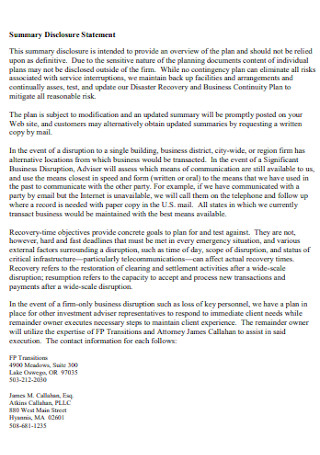
Basic Summary Disclosure Statement
download now -
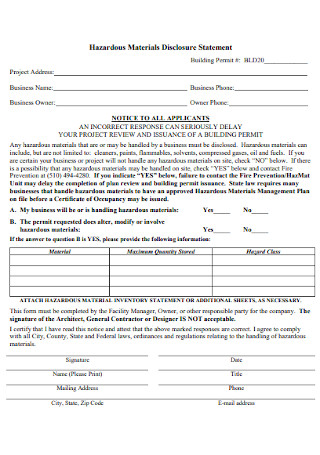
Materials Disclosure Statement
download now -
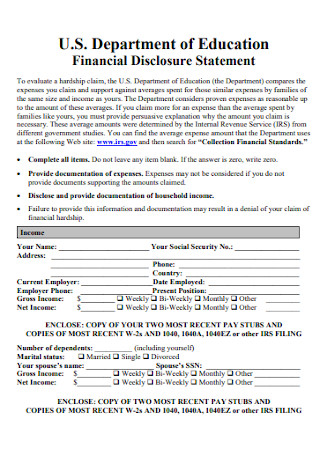
Education Financial Disclosure Statement
download now -
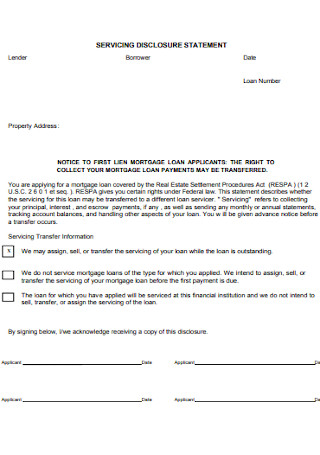
Servicing Disclosure Statement
download now -
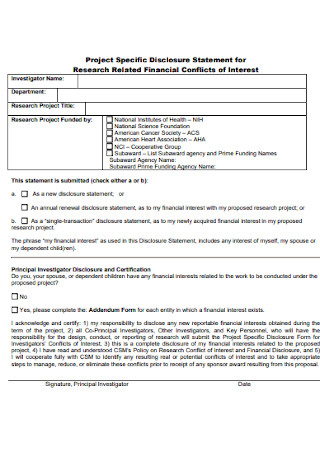
Project Specific Disclosure Statement
download now -
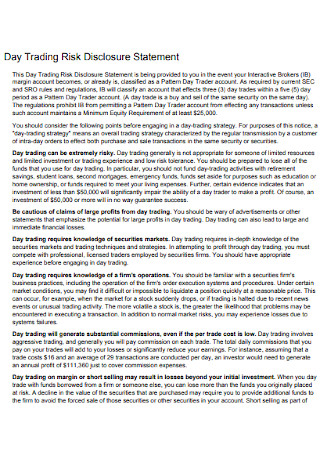
Trading Risk Disclosure Statement
download now -

Professional Disclosure Statement
download now
FREE Disclosure Statement s to Download
50+ Sample Disclosure Statements
What Are Disclosure Statements?
Why Is a Disclosure Statement Essential?
The Basic Parts of a Disclosure Statement
How to Make an Excellent Disclosure Statement
FAQs
What are the elements of a disclosure statement in loaning?
What is a disclosure statement in a research paper?
What are the types of disclosure forms?
What is the difference between a disclaimer and a disclosure?
What Are Disclosure Statements?
A disclosure statement is a detailed document that explains a financial transaction or any terms and conditions in nontechnical language. To disclose the official details involved in a retirement plan, investment plan, loan application, and any other purpose should be discussed in an easy-to-read approach using a disclosure statement. This document is issued by a company, government entity, or anyone who needs to briefly discuss key information for the average audience to understand the message in full context.
Why Is a Disclosure Statement Essential?
Disclosure statements bring a series of advantages to the field of professional writing. Get to know the important reasons to come up with a disclosure statement as this type of documentation may come in handy to you at some point.
To Make Information Public
From the root word “disclose,” a disclosure statement basically makes information public to an audience allowed access to financial statements or professional records. If a person applies for a retirement plan, for example, then the disclosure statement discusses all the important information about the plan rather than being secretive to the applicant of the plan. Hence, disclosure statements help businesses and organizations be transparent with their clients.
To Explain in Layman’s Terms
It has already been reiterated in this article that disclosure statements talk about the terms, regulations, and essential details about a transaction without explaining in technical terms; a disclosure statement should be easy to understand no matter what. At the same time, the disclosure statement is still a professional business document wherein the data would be simple for audiences to understand but not in a way that is derogatory or disparaging to the readers. The rule simply is that if complex terms can be simplified, then keep it easy instead.
To Layout Facts and Information
Bear in mind that a disclosure statement covers all sorts of facts and data that it can be as detailed as a fact sheet. However, how it is written is in layman’s terms so it should be easy to follow. If the disclosure statement tackles a loan, then the facts and terms to point out in the document would include the interest rate, the amount loaned, disbursement conditions, insurance requirements, payment schedule, and many other obligations.
To Express Data Verbally or in Print
Did you know that disclosure statements can be made either through verbal or written statements? Indeed; however, a written disclosure statement is highly recommended because, like a disclosure agreement, the printed document works as proof of the statement. Anyone could forget an oral disclosure statement so be sure to keep a written copy of the disclosure statement because it can function as a legal document when litigation arises.
To Document Transactions or Any Process
Documentation is standard when it comes to disclosure statements because the document itself houses all sorts of information regarding transactions and business activities. Considering that a disclosure statement can be related to all kinds of purposes may it be related to vehicle rental, law counseling, journal presentation, credit card transfer, medical income fee, or consent form, everything will be documented. Thus, save copies of these legal documents in case they come in handy.
The Basic Parts of a Disclosure Statement
Now that you know what a disclosure statement is, it is time to uncover the standard elements that make up a disclosure statement. Average disclosure statements usually have the following important parts:
How to Make an Excellent Disclosure Statement
Are you interested to come up with your own disclosure statement? Rest assured, it is a very easy process to do, especially now that you were introduced to the disclosure statement’s definition, importance, and significant elements. In fact, you can create a disclosure statement properly with the following steps:
Step 1: Determine the Purpose of the Disclosure Statement
Whether your goal is to come up with a disclosure statement in research, law, medical practice, loan, or financial transactions, a clear statement of purpose is necessary before even making the disclosure statement itself. If you already know that the data to insert the disclosure statement is about a personal loan, for example, then it should be clear that the disclosure statement’s content would cover the personal loan’s details such as the lender’s name, loan amount, interest rate, and other specifications. Write a draft of all the records that may be needed to add to the disclosure statement later.
Step 2: Customize a Sample Disclosure Statement Template
Crafting a disclosure statement runs along smoothly using a premade sample template. As seen in this post, you have over 50+ disclosure statement samples to choose from; just pick a template and edit the content to make it your own. Then, you never have to worry about writing a disclosure statement from scratch because each sample is professionally made and preformatted for easy guidance.
Step 3: Lay Out the Parts of a Disclosure Statement
Can you recall the title, body, facts, and the rest of the standard parts of a disclosure statement? Make sure to incorporate each important element of a disclosure statement into your output. Most importantly, arrange the details accordingly wherein you transition smoothly in moving from one subject matter to another. Then, you might like to add more parts to the disclosure statement that you think are necessary for a better output such as the budget sheet and additional notes.
Step 4: Write the Complete and Accurate Details
Always remember to keep the disclosure statement as detailed as possible. However, don’t make it as if it is a long detailed letter because the complete and precise details to mention there must all be relevant to the purpose behind making the disclosure statement. Don’t forget to check the facts and data covered in your work because there may be incorrect statements to correct before submitting the document.
Step 5: Keep Things Concise and Straightforward
Probably a very important lesson in formulating a disclosure statement is to write concisely. Be sure to balance how detailed the disclosure statement is by also considering if every single detail is written in a straightforward manner. Simply writing long sentences that could have been shortened will only waste people’s time. Or worse, the disclosure statement may only get more complicated to understand with wordiness. Finally, reread your whole content in the document, correct everything, and submit it to your recipient shortly.
FAQs
What are the elements of a disclosure statement in loaning?
In loaning, expect the disclosure statement to outline the annual percentage rate, finance charge, amount financed, total of payments, and payment receipts.
What is a disclosure statement in a research paper?
In research papers, disclosure statements recognize the name of the person with a financial interest, the financial interest or problem statement, and the relationship between the said financial interest and the research of concern.
What are the types of disclosure forms?
Common types of disclosure forms include forms tackling health disclosure, seller disclosure, agency disclosure, property disclosure, and financial disclosure.
What is the difference between a disclaimer and a disclosure?
A disclaimer refers to denying a statement or action while the disclosure is about making a piece of information known to specific people.
Transferring knowledge in the most comprehensive way possible that even amateurs get the gist of a business contract, personal agreement, financial transaction, or any condition marks the very core function of a disclosure statement. It only makes sense to ensure this type of document properly discusses the terms, responsibilities, and inclusions that the target audience should understand. Thankfully, sample disclosure statement templates can guide you there; download now!
